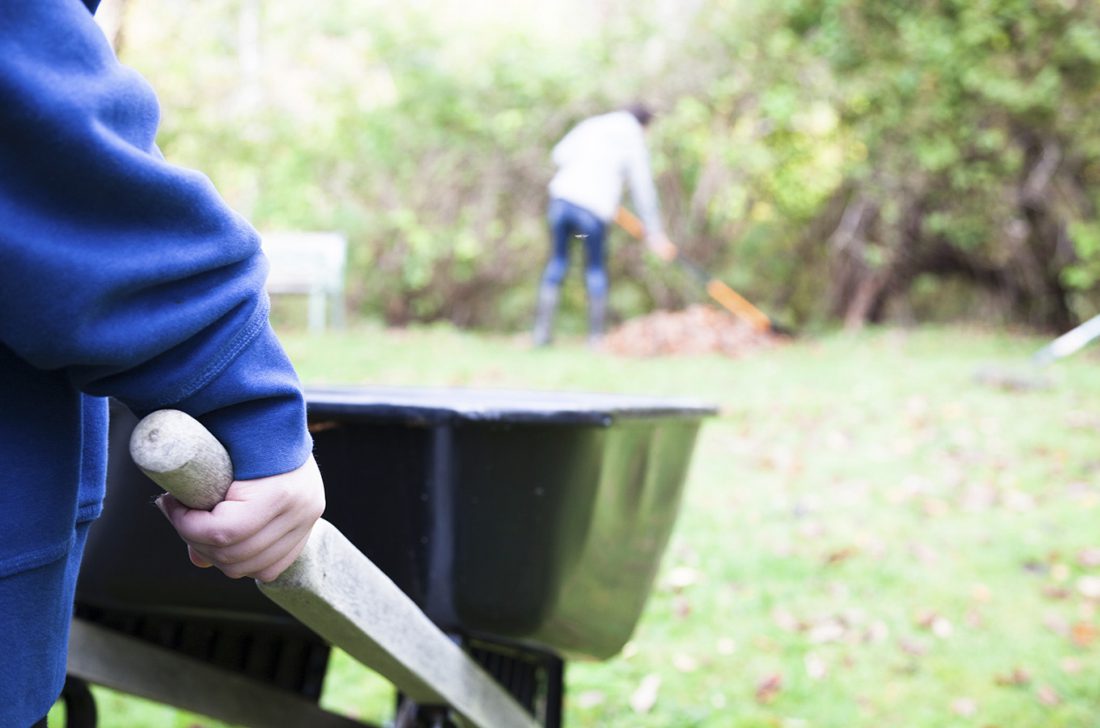April 13, 2018
It’s still cold! What can I do in the garden now?
When chilly temperatures are still in the forecast during early spring, many ask what can they do in the garden now? Here are a few tips:
- Early spring is the perfect time to fertilize your trees and shrubs using an organic fertilizer. We like Espoma’s Holly-Tone or Plant-Tone. After harsh winters, you may see browning on evergreens and broadleaf evergreens like rhododendrons and azaleas. In most cases, feeding will give them a boost they need to rejuvenate. Give them some time as warm weather approaches, they will likely bounce back with a little patience.
- It’s a good time to throw down your grass seed. Even though it is still chilly, it will germinate when the ground temperatures rise.
- Put down your lime, MAG-I-CAL or gypsum. You may apply these at any time, but its a great time now to adjust the soils pH so your soil can get ready for the growing season. Well adjusted pH in your lawn or garden beds means your soil can absorb your fertilizer’s nutrients properly.
- Sow your cold-crop veggies and greens. Beets, kale, carrots prefer a cooler season and are usually grown earlier before your tomatoes, peppers and herbs.
- Apply a moss killer like Bonide’s Moss-Max if you have any issues with moss or mold on the lawn or around the garden. Safely and quickly kills moss and algae on decks, roofs, sidewalks too. Contains iron so it will turn your lawn a deep green.
- Apply mole and vole products now! If you are seeing tunneling or other damage to the lawn and garden, it’s likely voles which can wreak havoc on your garden. Bonide’s Mole-Maxx will do the trick, but apply early before the damage is done! Remember, moles are carnivores and voles are herbivores, so usually voles go after plants and moles go after insects.
- Plant up your planters and window boxes with early season annuals like pansies. While we are definitely not out of the woods yet with freezing temperatures, pansies can tolerate cool temperatures. If the threat of a frost is a possibility, simply bring your planters inside or cover with an old sheet.
- Assess the yard for tree damage. After winter storms in New England, many will find more damage to trees in the yard than normal. While large tree limbs may likely need to be removed by a professional, most homeowners can remove the jagged remains of smaller broken limbs. You will need sharp tools such as hand saws and pruners to make clean cuts. Research in recent decades has changed our thinking about best practices when it comes to pruning trees. No longer should you cut a broken branch flush against the trunk. This method leaves the tree vulnerable to the invasion of disease-causing organisms. Instead look for the raised area where a branch meets the trunk. This called the branch collar. Leave the branch collar intact, making your cut ½ inch outside the collar. To avoid having the weight of a branch tear the bark, increasing the amount of damage, remove the limb in stages. Remember this rule: first under, then over, then final. It translates to
- Cut part way through the branch from beneath, one or two feet from the trunk.
- Make a second cut on top of the branch, several inches out from the first cut.
- Complete the job by making a final cut next to the trunk, just outside the branch collar, with the lower edge angled slightly farther away from the trunk than the top edge.
Scientific data now clearly demonstrates that wound dressings such as tar, shellac or paint do not prevent decay or insect damage. In fact, they may make decay problems even worse. Wounds should be left untreated, allowing the tree’s natural defense mechanisms to work their magic.
Trees that have been largely uprooted or with serious trunk splits will likely have to be removed. A qualified arborist can assess whether a tree can be repaired and strengthened with cabling and bracing. Some trees can be staked to help them return to their upright form. Be sure to use materials such as webbing or rubber covered wire that will not cut into the bark when tying the tree to one or more stakes. Soil needs to be firmed around the root system and the tree should be watered well.
Evergreens became heavily laden with snow and ice during the recent storms but they may regain their shape on their own. For an unobtrusive but effective fix, green colored twine can be loosely wrapped in a spiral motion around evergreens, such as columnar forms of Arborvitae, to help them return to their normal shape.
While a slow release organic fertilizer will not hurt storm damaged trees, avoid the temptation to over fertilize. This will only encourage new foliar growth, adding additional weight for the root system to support. Trees will need time to reestablish their roots.
While it is heartbreaking to lose a tree, it does present an opportunity to reassess the landscape and perhaps replant with something even more special. There are many beautiful small trees that don’t interfere with power lines and many whose architecture helps them deal with wind and snow load. Remember the saying, “The best time to plant a tree is 20 years ago. The second best time is today.”

